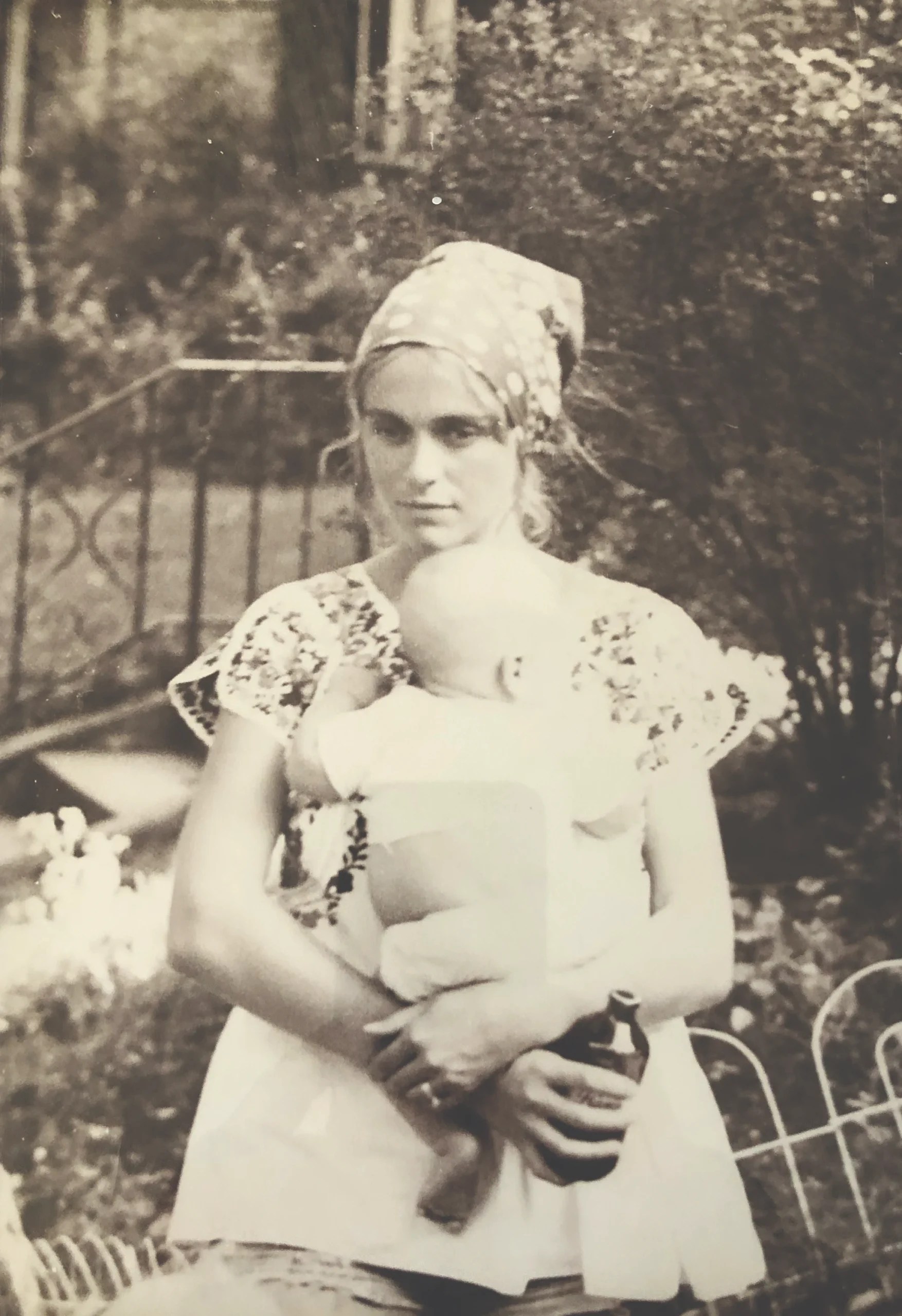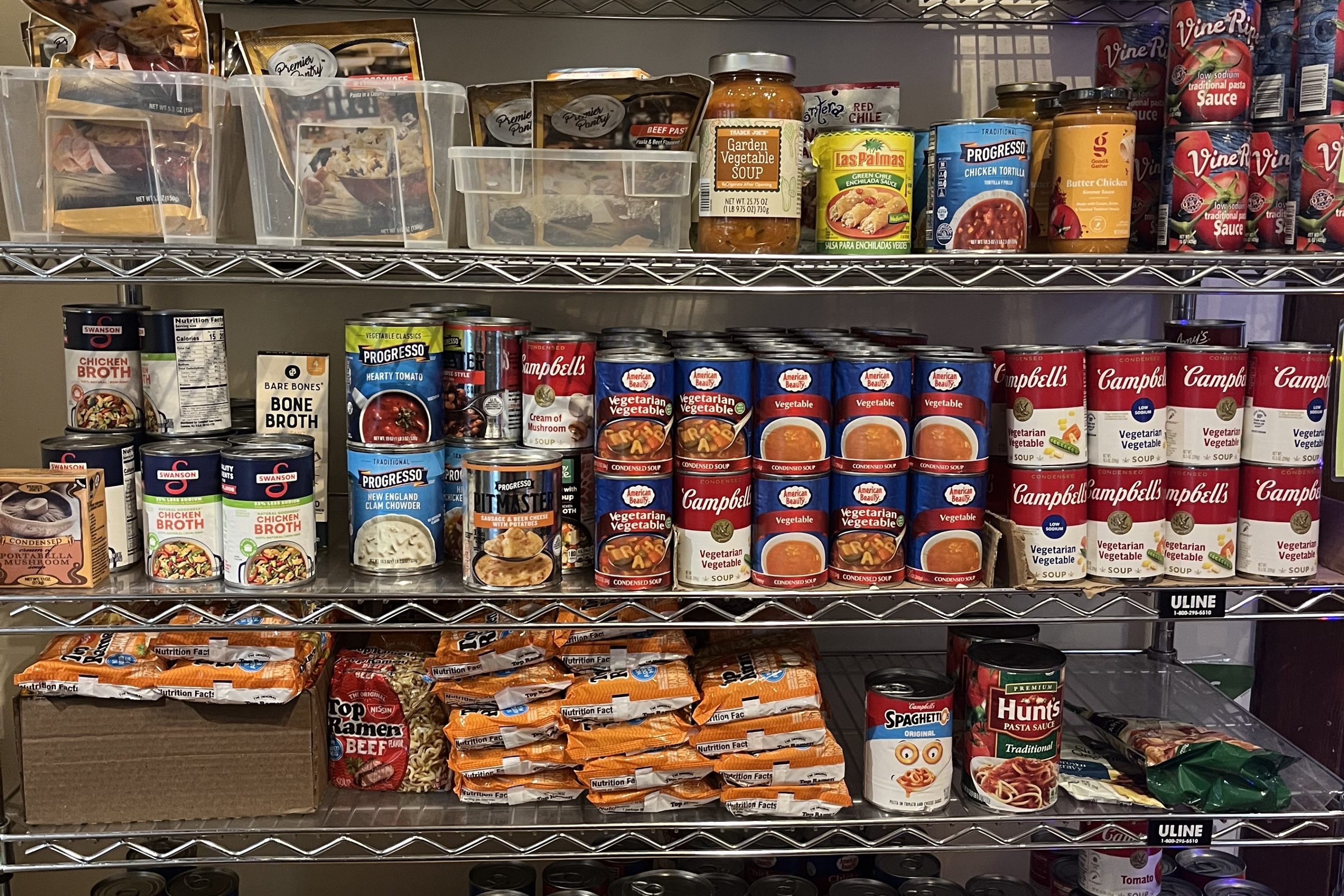In 1972, while living with two small children in a VW van in the canyons of the Southwest, we conceived child number three. Our plan had been to join an intentional community/farm/ school in the hills of western Massachusetts, raising our food and our children communally.
Jim would teach English, I would teach weaving and dance and motherhood. Because of a fire in the converted barn we were to call home, our arrival there was delayed, thus the venture in the van. But we had to go somewhere to give birth. Due to a pioneering doctor who allowed fathers in the delivery room, radical at the time, that somewhere was Minneapolis.
We knew very little about the city, but by luck we found an apartment at 1922 Fremont, near Franklin Avenue, which was then paved with red bricks. There was a tiny grocery store in the lower level of the Melbourne apartment building across the street, owned by an older couple who lived in a flat behind the store. We occasionally sent our 5-year-old son across the street with a list of last-minute needs. They’d fill the order, then make sure he crossed back safely. Delivery, pre-Amazon. Between the bricks and that store, I was smitten.
In the next three months we discovered Burch Pharmacy, complete with a soda fountain, a post office on the opposite corner, the Walker Art Center and Guthrie Theater right down
one hill, and Lake of the Isles down another. The love deepened. As did the realization that I was a city girl at heart.
But we had made a commitment to our friends in Massachusetts, so in June, shortly after baby Max was born, we headed east. The goats were predictably unmanageable, the students mostly sullen, the winters grey and soggy, and I was miserable. With three kids under five, I needed sidewalks, the neurons of neighborhood.
We moved back to Minneapolis in the fall of 1974, and luck struck again when we were able to buy a house on Girard for less than what people now pay for a car. We joined our neighbors in working to protect trees and preserve history, to convert oversized mansions into multiple family housing, to keep commuter traffic on Hennepin so we could bike safely on residential streets.
Our children walked to a newly desegrated Kenwood school, rode bikes to friends’ houses and soccer practice, and when older, to Uptown. The unintentional community of city living suited me far more than the intentional community we’d dreamed of.
But nothing gold can stay.
The little grocery store and the Franklin Avenue bricks are long gone. Burch Pharmacy could not compete with the chains, and the Guthrie moved to the river — wisely as it turns out.
Recently we’ve seen the heartbreaking demise of Uptown and controversial changes to Hennepin Avenue that have caused businesses to fail or struggle to survive. We’re beset with a public safety crisis, and a far-left majority on the City Council that seems more interested in their own oratory than doing the job of running a city, including funding the Minneapolis Police Department and working collectively with Chief O’Hara on recruitment and reform.
I love my country like one loves a losing football team, and I’m sickened at the team now in power. But with Minneapolis, it’s personal. We have a rich past.
As with any love affair, the glow wears off, but with patience and effort, a mature patina replaces it.
Every day I see people in this community exerting that effort, whether collecting trash from the lakes, restoring native habitat around them, or building ice magic on them. Because of them, after 50 years in Minneapolis, the love endures.






